
Sunglasses AS/NZS 1067 and ISO 12312-1 Testing
JJR Laboratory (China)uses advanced testing instruments and a professional team to help manufacturers ensure their products comply with market regULations. We provide complete solutions for eyewear manufacturers, exporters, brand owners, and e-commerce platform operators across global markets.
Applicable Products
1. Adult sunglasses
2. Children's sunglasses
3. Swim goggles
4. Optical glasses
5. Lenses
6. Frames
7. Protective eyewear (including medical goggles and face shields)
Supported Markets & Technical Capabilities
We serve clients targeting markets in:
1. Europe
2. North America
3. Brazil
4. Australia & New Zealand
5. South Africa
6. China (including Hong Kong, Macao, and Taiwan)
7. Japan
8. South Korea
Key Testing Items
1. Optical Performance
1. Light transmittance
2. Spherical power (vertex sphere power)
3. Cylindrical power
4. Astigmatism
5. Prism deviation
6. Transmission ratio
7. Suitability for driving
8. Wide-angle scatter / haze
2. Physical & Mechanical Performance
1. Lens strength
2. Impact resistance
3. Resistance to UV and light radiation
4. Fatigue resistance
5. Sweat corrosion resistance
6. Bridge strength
7. Flammability
3. Labeling Requirements
Ensure product labeling meets the respective region's standards.
4. Additional Testing
1. 100% UV protection
2. UV400 compliance
3. 100% blue light blocking
Regional Compliance Standards
Europe
EN ISO 12312-1:2013 + A1:2015
EN ISO 12311:2013
PPE Regulation (EU 2016/425)
United States
21 CFR 801.410 (Impact resistance)
ANSI Z80.3:2018
Australia & New Zealand
AS/NZS 1067.1:2016
AS/NZS 1067.2:2016
Consumer Goods (Sunglasses and Fashion Spectacles) Safety Standard 2017
Canada
Canada Consumer Product Safety Act (S.C. 2010 c.21), Schedule 2 Item 2
China
GB 10810.3:2006
QB 2457:1999
Taiwan: CNS 15067:2012
Japan
Household Goods Quality Labeling Law
Brazil
ABNT NBR ISO 12312-1:2015
South Korea
KS P4404:2009 (R2014)
KS G ISO 12312-1:2014
South Africa
SANS 1644:2007
Technical Requirements Overview
1. Optical and mechanical safety
2. CheMICal testing (nickel release, UV filtering)
3. Labeling and user information
4. Applicable standards:
a. EN ISO 12312-1
b. ANSI Z80.3
c. AS/NZS 1067.1 / 1067.2
d. GB 10810.3
Special Regulations
1. PPE Category I (EU 2016/425)
Sunglasses are classified as Category I personal protective equipment. A simple ce marking with self-declarationis sufficient.
2. REACHcompliance for phthalates, PAHs, nickel, and POPs (e.g. SCCPs, PFOS).
Target Users
1. Eyewear manufacturers
2. Exporters
3. Brand owners
4. Online retailers and e-commerce platforms
Frequently Asked Questions
Q1: Is EC type-examination requiRED for importing sunglasses into Europe?
A:No. Sunglasses fall under PPE Category I and only require CE marking with a self-declaration.
Q2: Must the CE mark be printed on the product?
A:If the CE mark cannot be printed due to material or size limitations, it must appear on the product packaging and documentation.
Q3: Are there special requirements for children's sunglasses?
A:Optical and physical standards are similar to adult sunglasses, except for interpupillary distance. Chemical regulations may differ—for example, the U.S. requires cpsia lead testing.
Q4: Do toy sunglasses need to meet sunglass safety standards?
A:If the toy offers no protective function, it must include a warning such as:
> "Warning. This toy does not provide protection."
Email:hello@jjrlab.com
Write your message here and send it to us
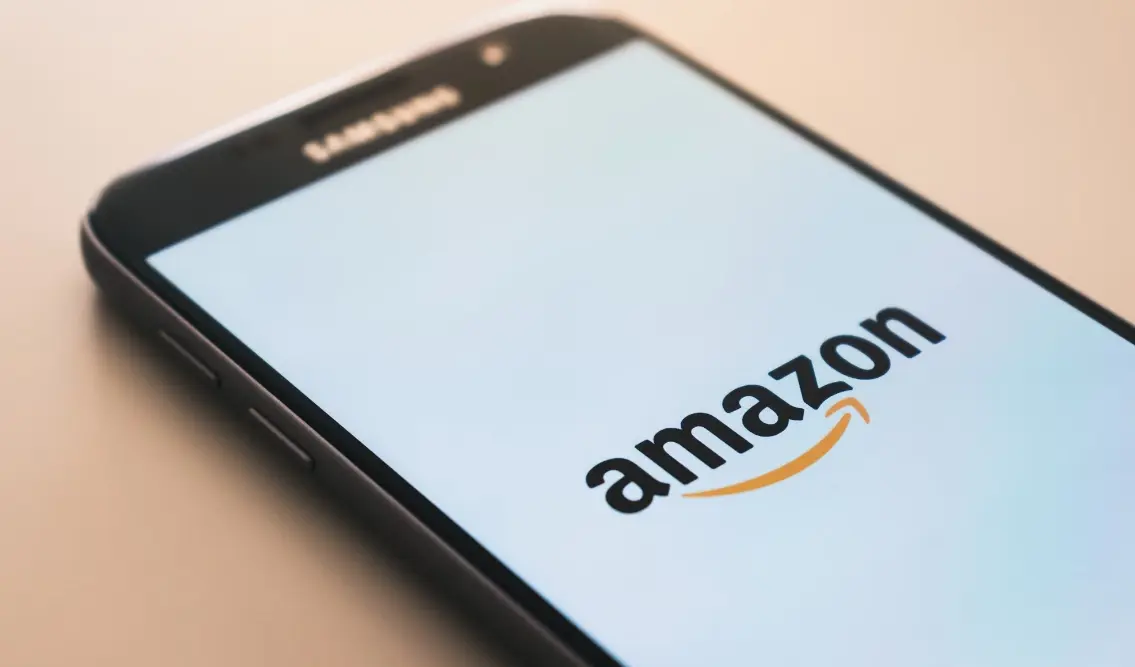 What are ASTM F963 and CPSIA?
What are ASTM F963 and CPSIA?
 Comparison of ASTM F963 and EN 71
Comparison of ASTM F963 and EN 71
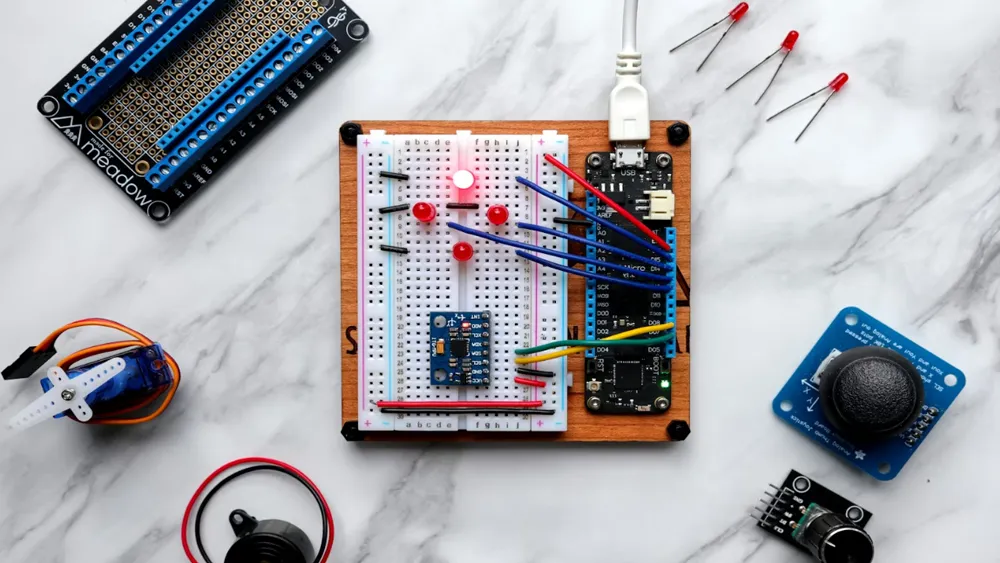 How to get CSA C22.2 NO.256:14 Test Report?
How to get CSA C22.2 NO.256:14 Test Report?
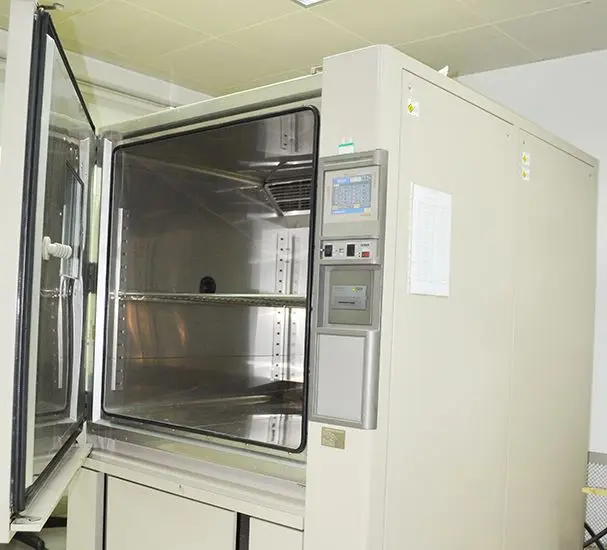 How much is the ISTA Amazon Packaging & Shippi
How much is the ISTA Amazon Packaging & Shippi
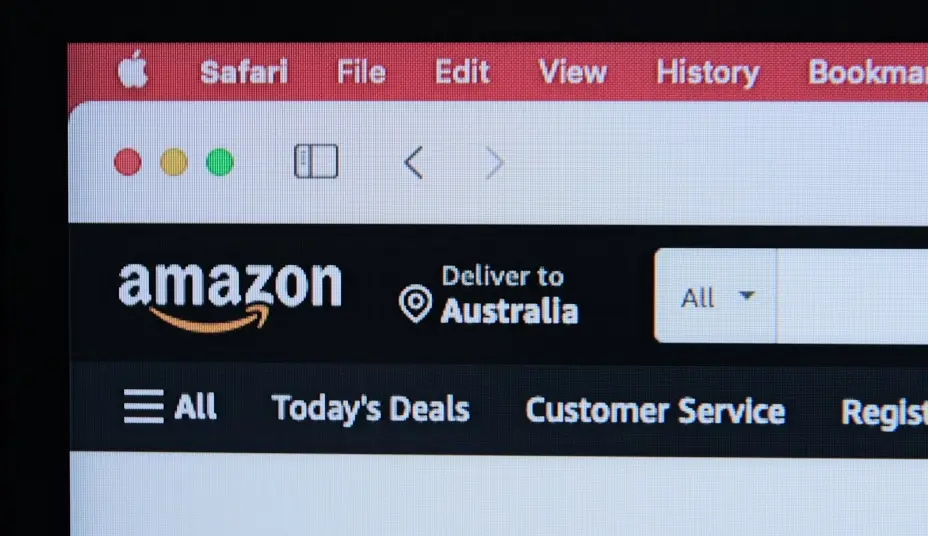 Amazon Product Laboratory Testing Requirements
Amazon Product Laboratory Testing Requirements
 How to Get EPA Certificatio
How to Get EPA Certificatio
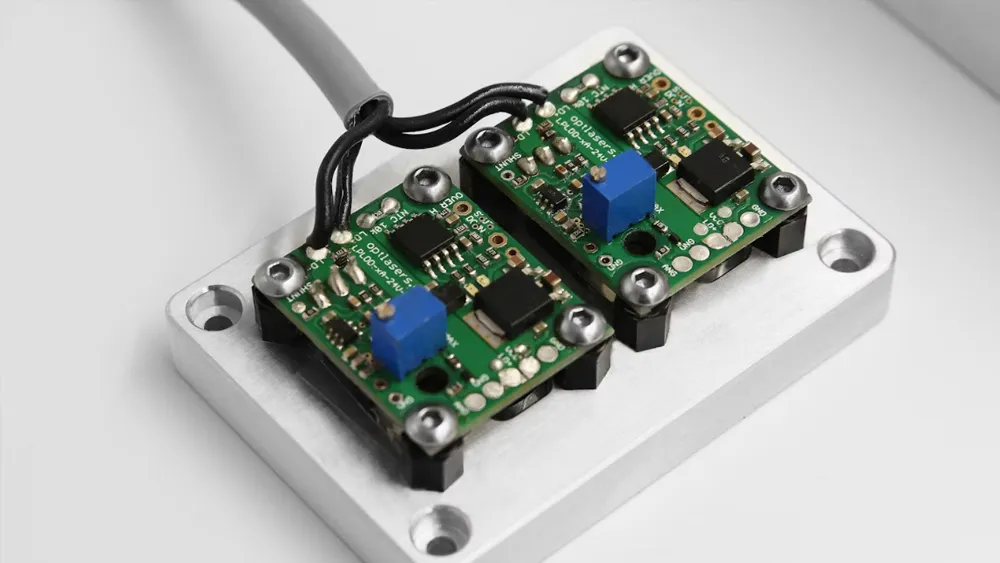 What is EPA Certification in the United States?
What is EPA Certification in the United States?
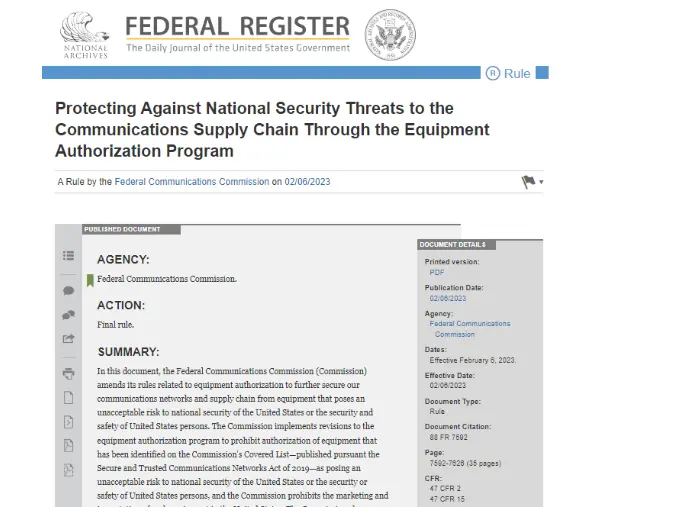 What is an FCC Registered Agent?
What is an FCC Registered Agent?
Leave us a message
24-hour online customer service at any time to respond, so that you worry!




